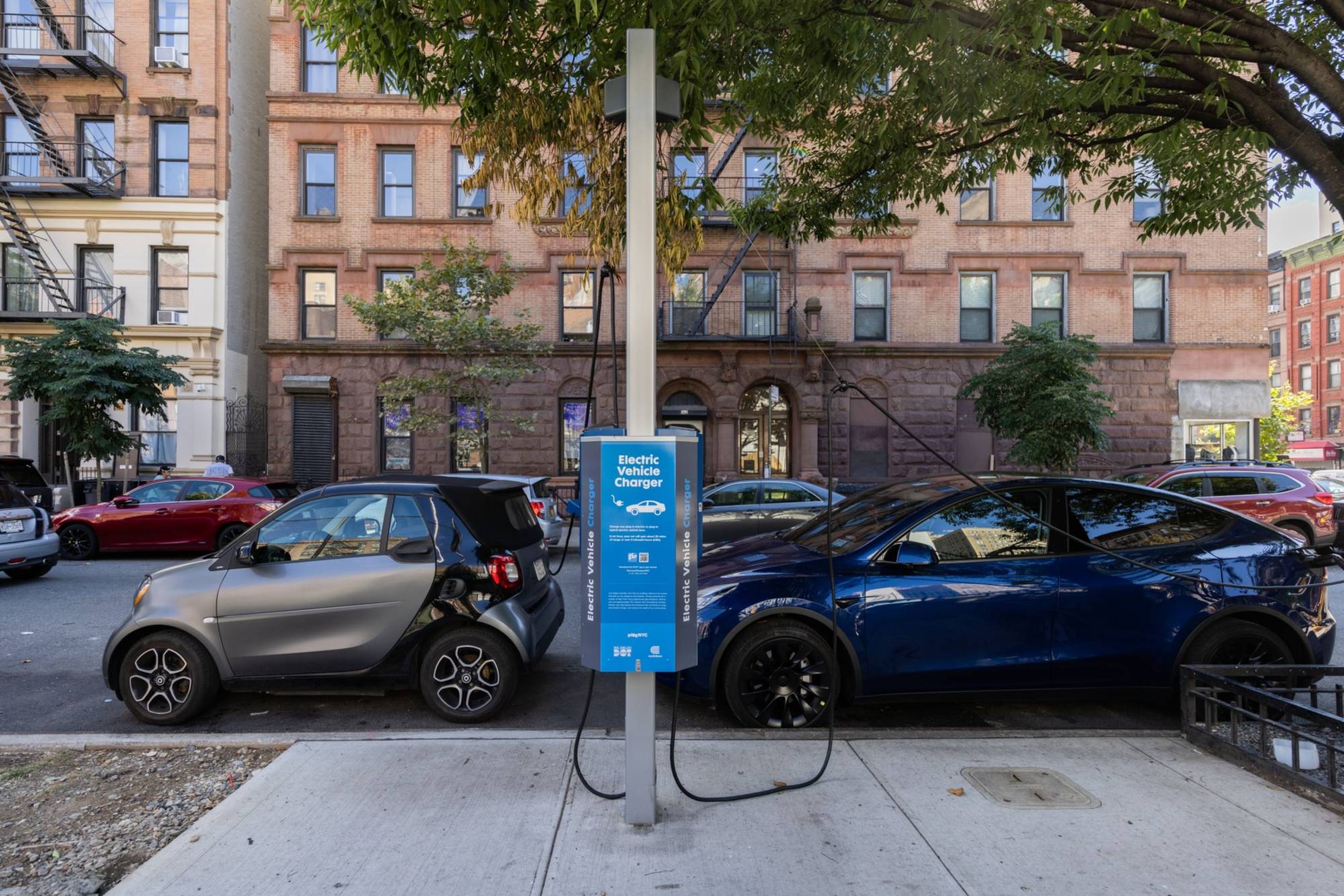For all its progressive politics, New York City is largely an EV charging desert. Home to about 2 million registered vehicles, the city has just 1,000 Level 2 public charging plugs — the slower stations that generally work overnight — scattered across 343 stations, according to the U.S. Department of Energy. Fast-charging sites are even harder to find.
Parking isn’t really the problem — the city is full of garages and street-side spots — but electricity is. Every car charger requires a dedicated amount of available juice. Put in enough chargers, and the power needed (the so-called demand load) climbs quickly. It’s enough of a logistical headache that the city’s developers have shied away from EV infrastructure, at least on a large enough scale to meaningfully drive adoption.
In Queens, the city’s largest borough, Vrindavanam Murali has been trying to make that charging math work. Murali is president of building consultancy ESD Global, which is tasked with accommodating the energy needs of some 12 apartment projects in the neighborhood of Jamaica — including supplying each of 1,000 parking spaces with an EV charging cord. His initial calculations suggested the endeavor would take millions of dollars, plus months of wrangling a local utility into digging trenches, laying thicker cables and upgrading transformers. "We immediately saw there was a huge disconnect between the grid availability and the speed at which they wanted to implement the charging,” Murali says.



















With your current subscription plan you can comment on stories. However, before writing your first comment, please create a display name in the Profile section of your subscriber account page.